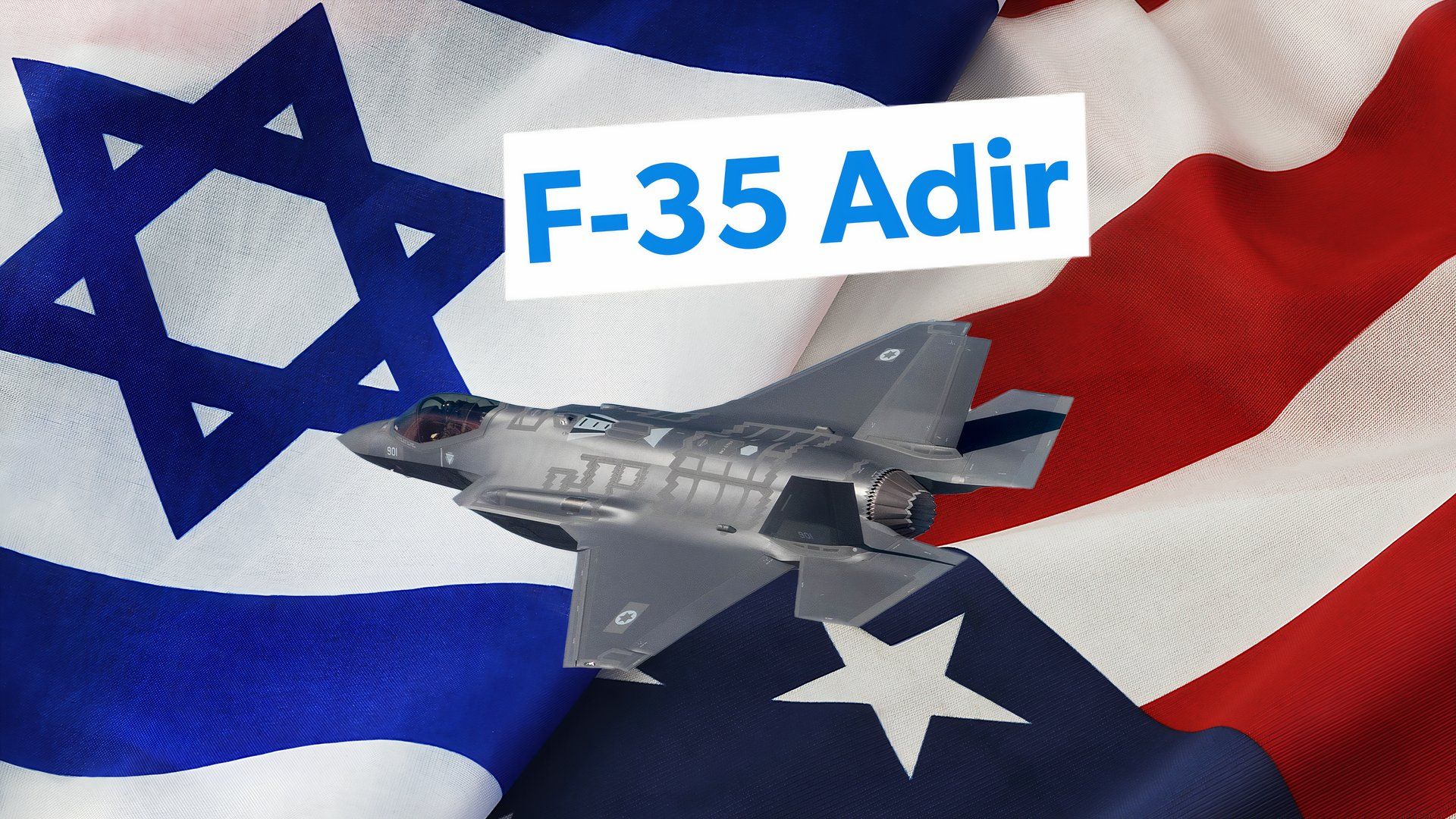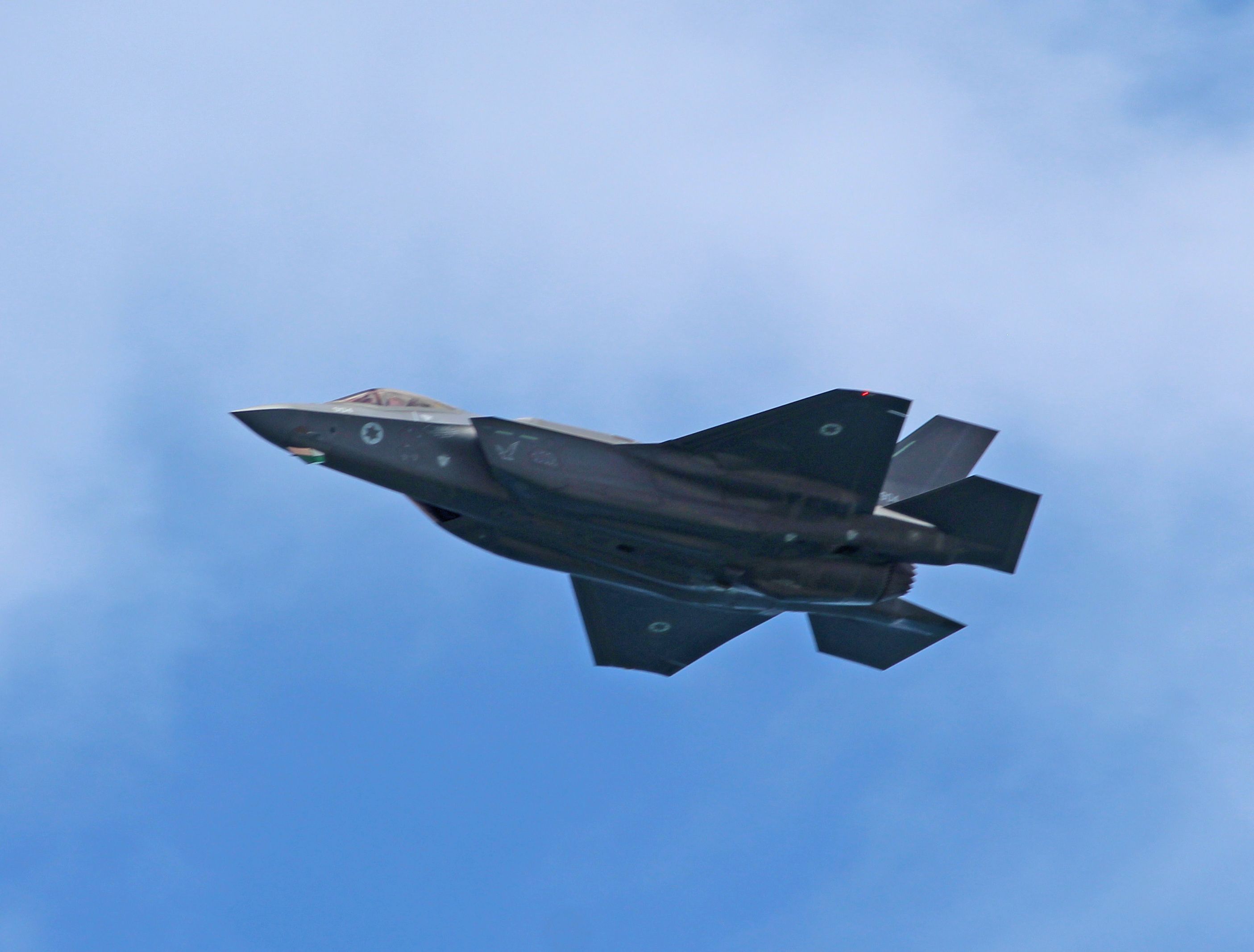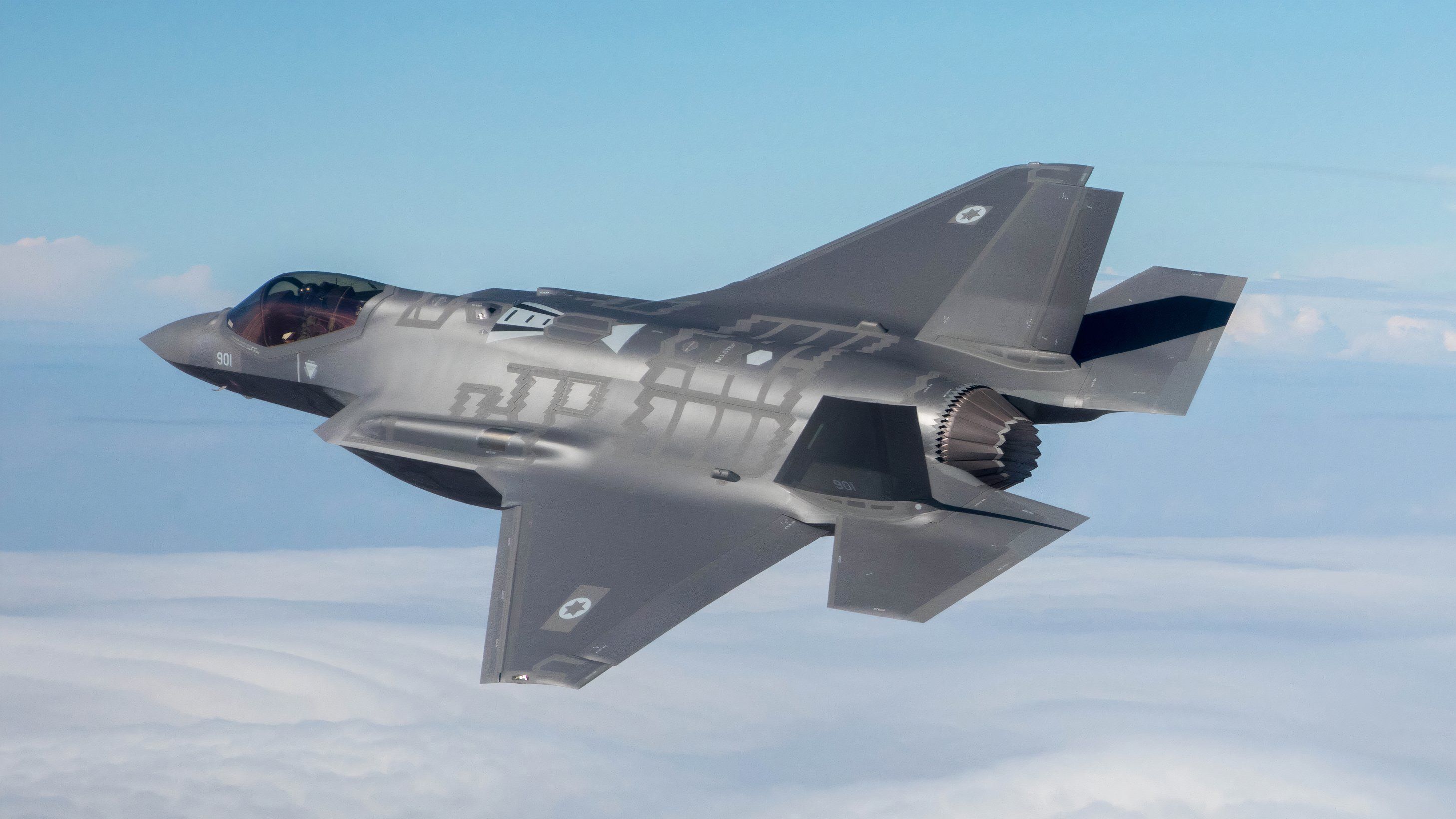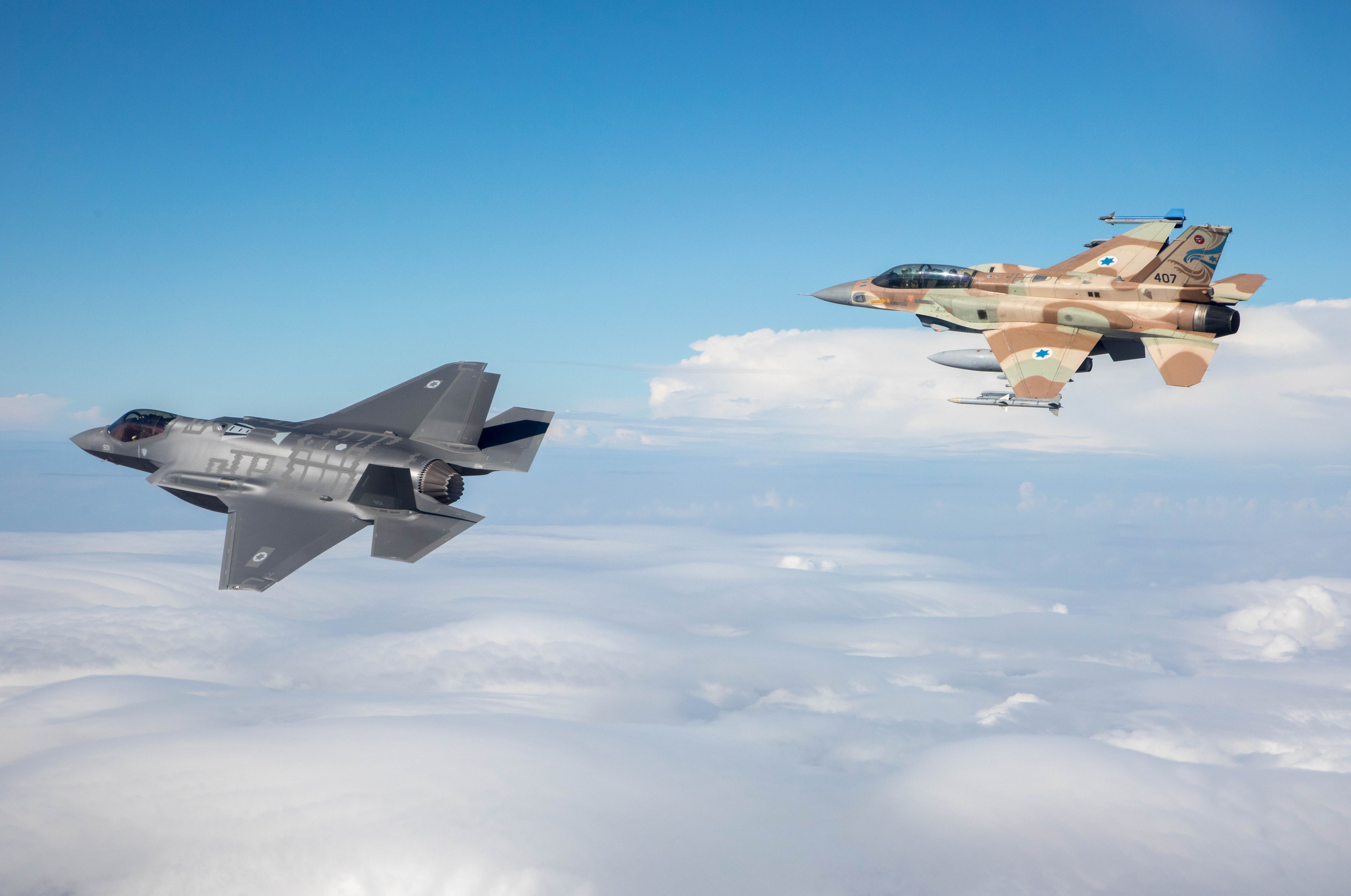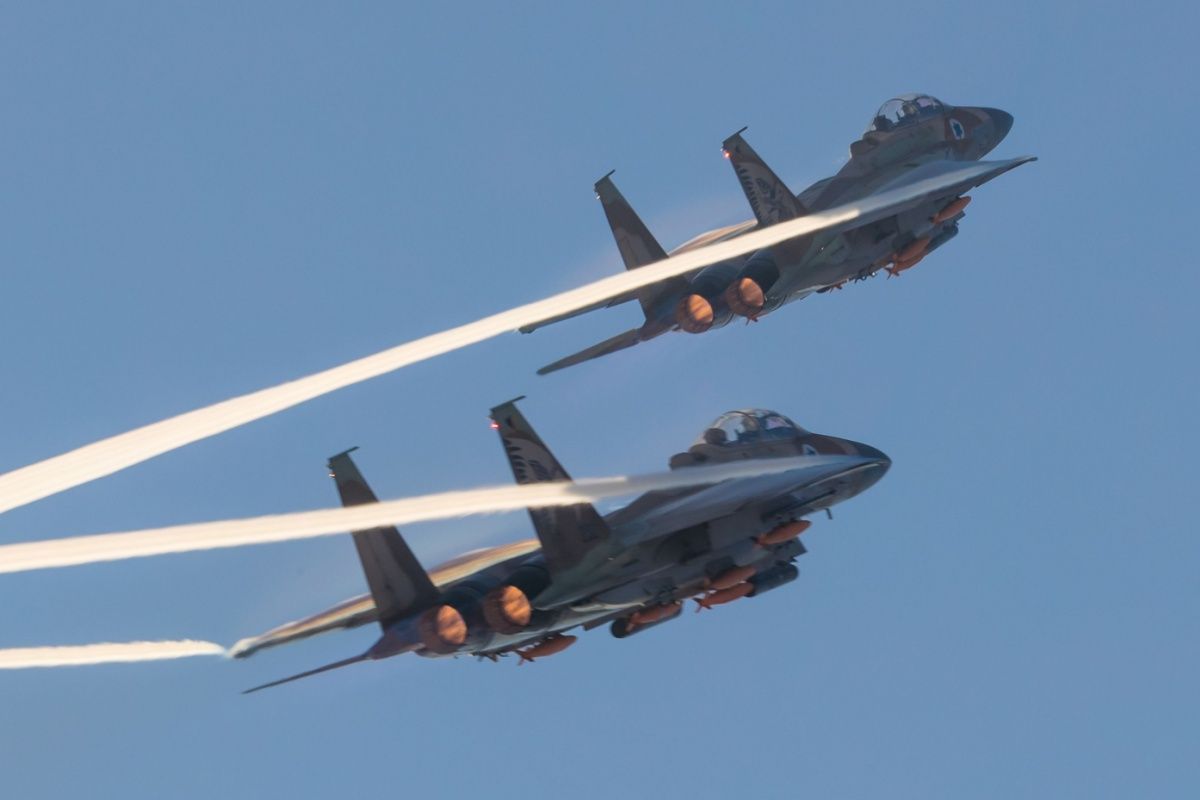Israel
is currently the only operator of the F-35 fifth-generation fighter jet in the Middle East (for various reasons,
the US has refused to sell its prized F-35 to other countries in the region
). Israel was not part of
the international coalition that took part in investing and developing the F-35
, but it was the first country to select the F-35
through the US government’s Foreign Military Sales process in October 2010. Israel intends to purchase 75 F-35s.
Israel has purchased 75 F-35s
In the Israeli Air Force (IAF), the F-35 is given the Hebrew name ‘Adir’ meaning ‘Mighty One.’ Israel signed the Letter of Intent in 2010, and the first F-35 arrived on June 22, 2016. The Israeli F-35 fleet was one of the first to be declared operationally capable (in December 2017) and Israel was the first to use them in combat.
In June 2024,
Israel announced it would purchase 25 more F-35 fighter jets
(in addition to the 50 already ordered). This brings the total to 75 F-35A Lightning IIs. Israel also announced it was purchasing more F-15EX Strike Eagle IIs from the United States – the total contract was valued at $3 billion (financed through US military aid to Israel). This will provide Israel with a third F-35 fighter jet squadron.
|
Israeli’s F-35I fighter jets: |
|
|---|---|
|
Israeli’s variant: |
F-35I Adir (customized F-35A) |
|
Number ordered: |
75 |
|
Number delivered: |
39 |
|
Operational date: |
December 2017 |
|
Number of squadrons: |
3 (eventually) |
|
Main air base: |
Nevatim Air Base |
Israel has so far received 39 of the original 50 F-35s. This batch of 25 F-35s is expected to start being delivered in 2028. The Times of Israel stated that the Israeli Defense Ministry said the deal included an agreement to “commit to involving Israeli defense industries in the production of aircraft components sold.”
While much is said of the F-35s superior stealth, much of its lethality lies in its ability to connect its systems with other aircraft and form an information-sharing network aided by its advanced suite of sensors and avionics.
Israel’s customized F-35I variant
The United States jealously protects its prized F-35 and its systems and secrets. The
US kicked Turkey out of the program after Turkey decided to purchase Russian S-400 SAMs
and has refused to sell F-35s to countries using Chinese Huawei 5G systems. The US sometimes puts ‘onerous’ conditions on countries purchasing the F-35 (even banning pilots with dual nationality from flying it).
|
F-35 Lightning II production numbers: |
|
|---|---|
|
Number expected delivered in 2025: |
156+ (includes foreign jets assembled under license) |
|
Total number delivered: |
1,020+ |
|
F-35As delivered (includes F-35I): |
700+ |
|
F-35Bs delivered: |
Almost 200 |
|
F-35Cs delivered: |
Almost 100 |
No country is permitted to tinker with or modify the F-35 – none, that is, except for some exceptions made for Israel. While basically an F-35A, the Israeli jets have been customized to suit Israeli needs as the F-35I variant. This is the only example of the US allowing the F-35 to be customized for an export customer.
“According to Lockheed Martin spokesperson Eric Schnaible, the company modified the F-35 for Israel in three main areas: command, control, communications, computers, and intelligence (C4I), electronic warfare, and weapons integration. Initially, the US refused to allow Israeli modifications to the F-35. The compromise reached involved not changing anything inside the aircraft, but allowing the Israelis to add capabilities on top of the existing infrastructure.” – National Interest (2017)
The Israeli version has a homegrown electronic warfare system (EWS). It also has domestically produced countermeasures and sensors—these include helmet-mounted displays and other data-gathering processing capabilities. The Adir’s sophisticated electronic suite can jam the guidance systems and electronics of enemy ground-fighter anti-aircraft weapons.
Israel was also able to have it modified to carry indigenous Israeli weapons. This has only been permitted in select other instances, like the British F-35Bs to carry the European Meteor missile.
F-35 program history:
- 2001: Lockheed’s X-35 selected
- 2006: First flight
- 2015: Entered US Marine Corps service
- 2016: Entered US Air Force service
- 2017: Used in combat by Israel
- 2019: Entered US Navy service
- 2024: Over 1,000 delivered
Photo: Andreas Zeitler l Shutterstock
Israel had wanted to domestically assemble the airframe and manufacture its components, but that didn’t happen. Only two final assembly and checkout (FACO) facilities for the F-35 outside the US are in Japan and Italy.
October Iranian missile attack on F-35 air base
The main Israeli airbase hosting the F-35 is Nevatim Air Force Base in Israel’s southern Negev region. The Nevatim was seen coming under an Iranian missile attack on October 1st, with multiple missiles striking (or striking near) the base.
As of the time of writing, there is no evidence any F-35s were hit. Satellite images of part of the airbase show four impacts, with three missiles seemingly causing little to no damage. One maintenance hangar was hit, but it is unclear if any aircraft were in it at the time of the impact. Most of the F-35s were likely airborne at the time of the attack (Israel knew the attack was coming). Israeli F-35s are also protected in hardened shelters (unlike Russian fighter jets).

